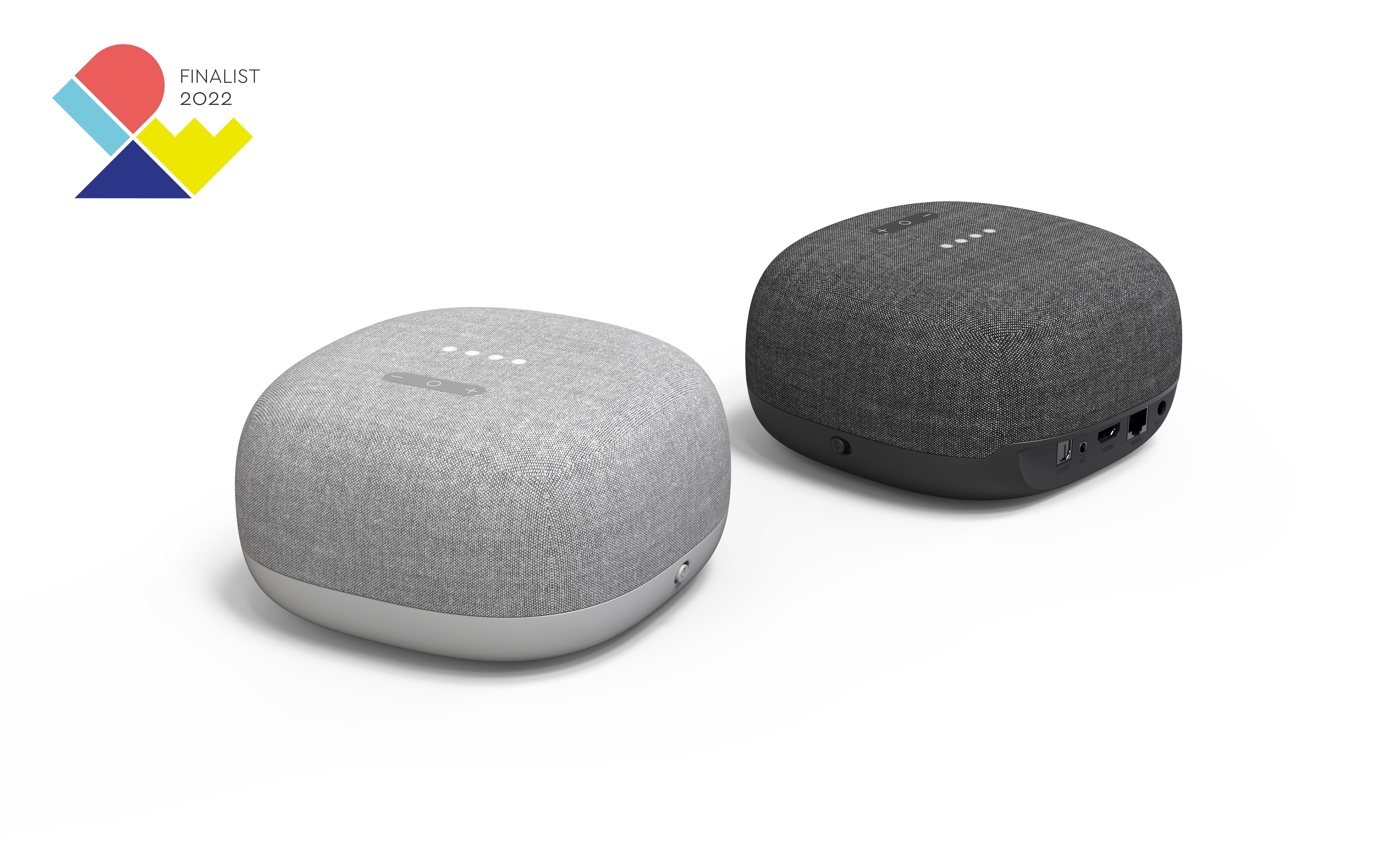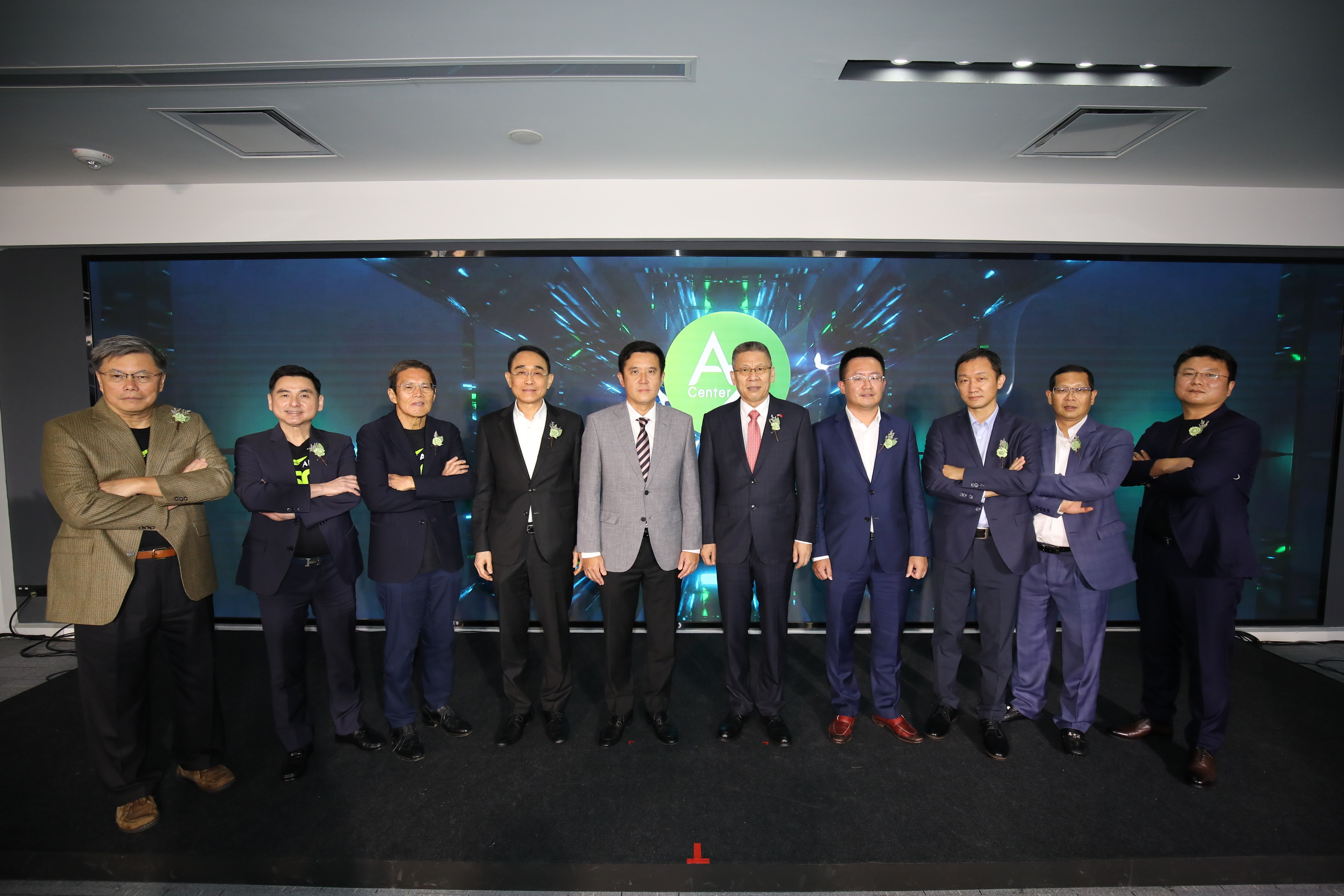ZTE collaborates with AIS to fuel up 5G-Advanced through A-Z center in Thailand
10 October 2022, Shenzhen, China - ZTE Corporation, a global leading provider of information and communication technology solutions, together with AIS, has jointly fueled up 5G Advanced to boost the digital transformation through A-Z Center in Thailand.
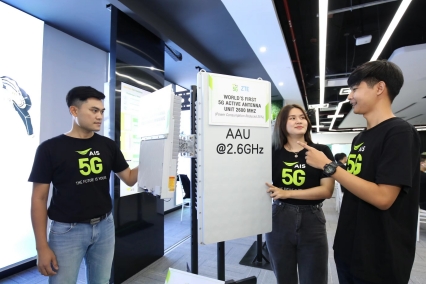
Thailand is one of the first-batch countries in the Asia-Pacific region to launch 5G commercially. As the largest mobile operator in Thailand, AIS took the lead in launching 5G services in 2020. ZTE has been a strategic partner of AIS and has been assisting AIS in building a 5G ubiquitous access network with low, medium and high frequency multi-band integrated, leading coverage, capacity and user experiences. The network is widely recognized as a key infrastructure to carry out the development of digital Thailand. The two parties, with their commitment to boosting the development of digital economy through A-Z Center, have been diving deep into the technical requirements of various industries, exploring technology innovations, promoting the commercialization of new products and solutions, and facilitating the incubation and expansion of multiple industry applications.
5G has become a new engine for industrial digital transformation. 5G-Advanced will continue to enhance network capabilities on the basis of 5G eMBB, mMTC and uRLLC and introduce the intrinsic AI to deeply empower multiple industry applications such as security, entertainment, home life, health, manufacturing, and smart cities.
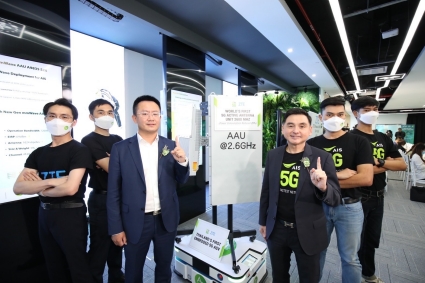
From ZTE's perspective, the technical framework of 5G-Advanced evolution can be summarized as "1+2+3". "1" represents the underlying support, namely chips, algorithms and architecture; "2" represents the double-chain genes, namely intelligence and security; "3", also referred as the "3E"represents the three directions, namely capability enhancement, efficiency improvement, boundary expansion.
In terms of capability enhancement, 5G-Advanced needs to achieve a 10-fold increase in throughput with wider spectrum, more efficient air interface, and more coordinated networking. Also, it needs to enhance the coverage of the existing network, extend the coverage of sky, space and ground, and classify the connected things.
In terms of efficiency improvement, 5G-Advanced needs to be integrated deeply with AI, continue to optimize power supply and consumption, and explore the excellent Bit-Watt curve. At the equipment level, ZTE has launched the industry's first "zero-carbon" AAU, achieving nearly zero power consumption when there is no traffic. At the site level, the zero-carbon site can be realized by introducing clean energy and additional photoelectric in all-scenario sites. At the network level, based on the intrinsic intelligence of base stations, real-time energy-saving strategies are formulated to achieve optimal energy efficiency for the entire network.
Regarding boundary expansion, 5G-Advanced has expanded from the current industrial digitization trend to more new services and business models. As an example, XR's immersive experiences allow the users to reach out to the metaverse; the internet of vehicles makes the automotive industry smarter; with the integration of communication and perception, 5G can superimpose a perception of "radar" on communication functions. This opens up new possibilities for security at low altitudes and vehicle-road coordination.
To support the further evolution of 5G-Advanced and meet the requirements from Thailand, ZTE has released a series of RAN products: the next-generation Sub-6GHz TDD Massive MIMO AAU, which reduces power consumption by 25% compared with the previous generation; the next-generation FDD 3G/4G/5G multi-mode Massive MIMO AAU to improve the user experiences by 100%; and the next-generation mmWave AAU supporting 1.2GHz bandwidth, which can increase data throughput by 50%. These products will be verified in the A-Z center and will be widely adopted in the network of AIS.
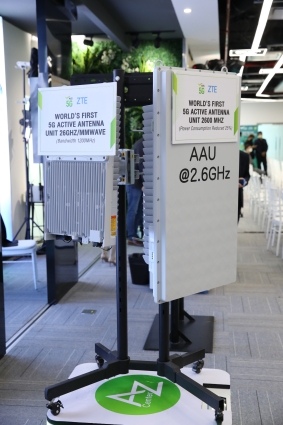
ZTE has been in a long-standing partnership with AIS for 12 years. With the construction of the UMTS network in 2010, the LTE network in 2015, and the 5G network in 2020, ZTE and AIS have been working together and growing together. Moreover, the launch of A-Z Center also marks the beginning of a new stage in the close cooperation between the two parties.
Moving forward, ZTE together with AIS will, by virtue of its technology accumulation in the ICT field, build an "efficient digital infrastructure" through A-Z Center, to continuously strengthen the innovations in technologies and products and empower industrial partners to maximize the value of the 5G network. ZTE is committed to creating a win-win industrial ecosystem, expecting to continually facilitate the digital transformation of Thailand.
